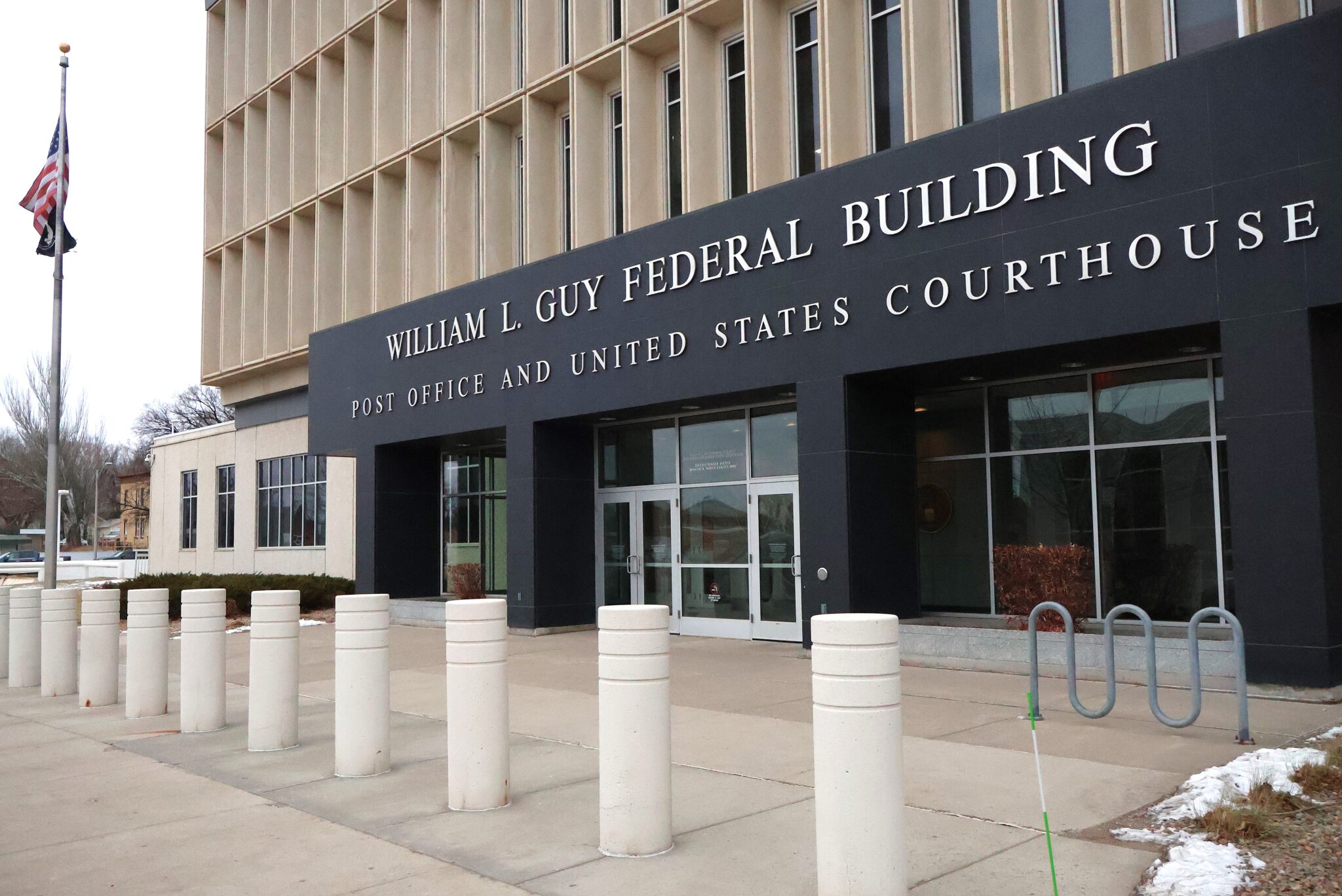Federal Gavel Falls: North Dakota Judge Strikes Down Key Environmental Regulation

In a landmark ruling that challenges long-standing federal environmental oversight, a federal judge in North Dakota has dealt a significant blow to the Council on Environmental Quality (CEQ). The court's decision dramatically exposes what the judge sees as decades of regulatory overreach by the agency, suggesting that the CEQ has been operating beyond its legal authority.
The ruling marks a critical moment in environmental regulatory history, calling into question the agency's longstanding practices and the extent of its regulatory power. By challenging the CEQ's historical approach to environmental regulation, the North Dakota federal judge has potentially reshaped the landscape of environmental policy enforcement.
This judicial rebuke highlights the ongoing tension between federal regulatory agencies and their actual legal mandates, raising important questions about the limits of administrative power and the need for strict adherence to legislative boundaries.
The decision is likely to spark intense debate among legal experts, environmental advocates, and policymakers about the proper scope of federal environmental regulation and the mechanisms of governmental oversight.

